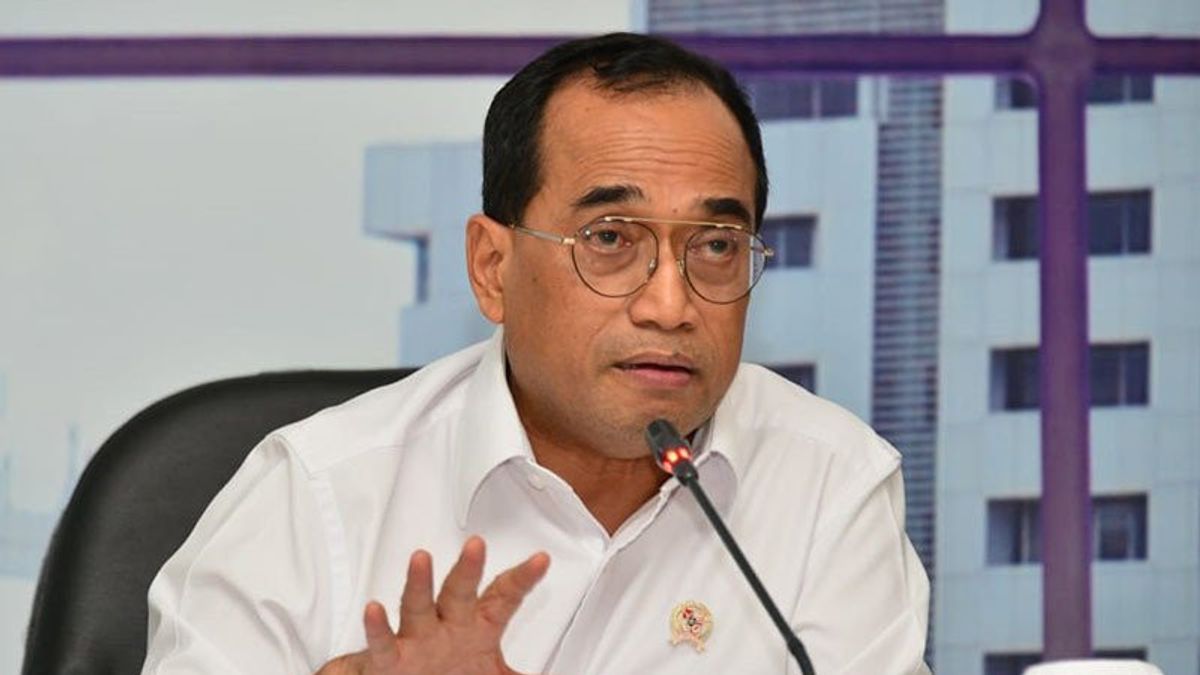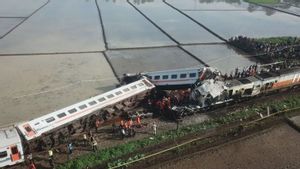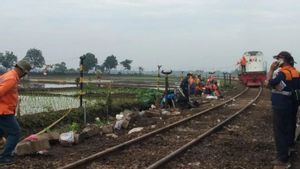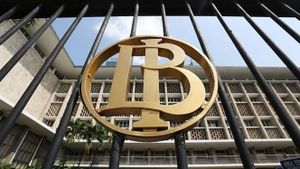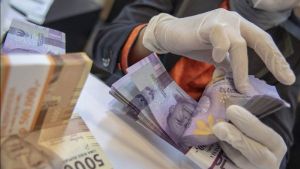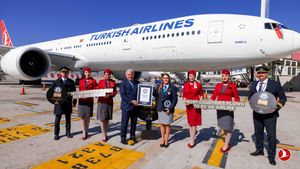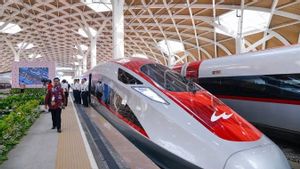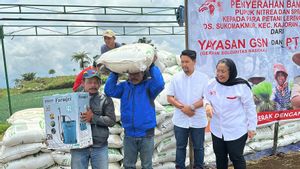Minister of Transportation (Menhub) Budi Karya Sumadi said the investigation into the cause of the Turangga train crash (KA) and Bandung Raya local train is still ongoing. This includes the drop in the Pandalungan train.
As is known, the Ministry of Transportation together with the National Transportation Safety Committee (NTSC) are currently investigating the causes of the Turangga train accident and the Bandung Raya local train, and the drop of the Pandalungan train.
However, continued Budi, based on investigations so far, the cause of the accident was due to human fatigue or human error.
"So from what we have observed, while the NTSC has not provided a result, there is one possibility that there is a technical error in SOP violations means human factors and other things that we are currently identifying," he said in a working meeting with Commission V DPR, at the DPR Building, Parliament Complex, Senayan, Jakarta, Thursday, January 18.
Budi also admitted that he had reported to President Joko Widodo (Jokowi) about the train accident that occurred in Bandung, West Java and Tanggulangin, East Java.
Furthermore, Budi said, in his report he proposed three stages to prevent train accidents in the future. Where, he said, in this short-term effort we will reform human resources (HR) in the railway sector, reshuffle organizations and create new SOPs.
Furthermore, Budi said the Ministry of Transportation would seek all railway lines in Bandung, West Java and in Tanggulangin, East Java into two lanes (double tracks). The reason is, the accident involving the Turangga train with the Greater Bandung Commuterline Train on the Cicalengka-Haurpugur route is because there is only one train line.
Including, continued Budi, the problem of signaling. He said, in this second stage there will also be improvements in the rail signal from manual to automatic in all regions, including Java Island.
SEE ALSO:
"This budget year we will finish everything related to the signal. Especially in Java. But the double track for Cicalengka will be completed in May," he explained.
The last stage, said Budi, is that the Ministry of Transportation will build elevated railway lines in big cities. According to him, this step was taken to reduce the level of refraction that has often been the location of accidents involving trains with other vehicles.
"The third stage, of course, we think that the safest thing is to make efficient efforts in big cities, let's say in Bandung, Semarang, Jogja, Solo, Surabaya like what is done in Jakarta. So that there is no level of track," he said.
The English, Chinese, Japanese, Arabic, and French versions are automatically generated by the AI. So there may still be inaccuracies in translating, please always see Indonesian as our main language. (system supported by DigitalSiber.id)
